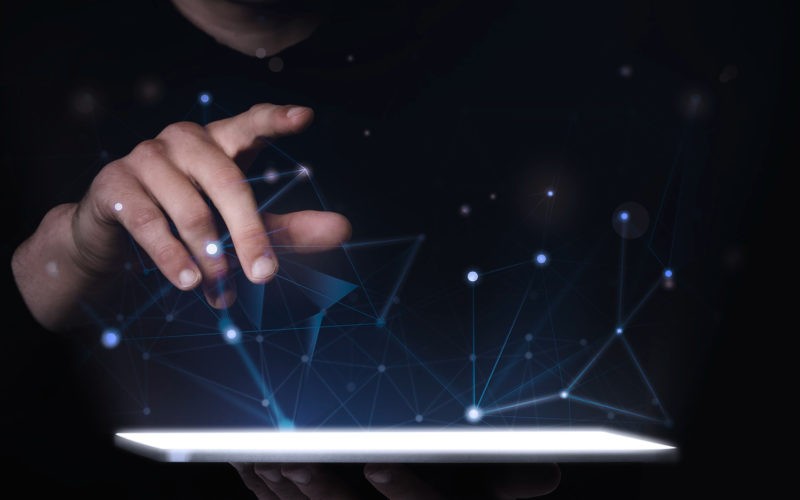In today’s interconnected world, effective communication plays a role for both individuals and businesses. However, the presence of language barriers often poses challenges, making it difficult for people to interact with one another. Thankfully, advancements in Artificial Intelligence (AI) technology have paved the way for the development of AI voice generators and language translation tools that help bridge these gaps.
AI Voice Generators: Transforming Text into Speech
Among the innovations brought about by AI lies the creation of AI voice generators. An AI voice generator enables users to convert written text into words, resulting in an engaging and interactive communication experience. Whether it be for an eLearning platform, digital marketing campaign, or even a telephone system, AI voice generators have the potential to revolutionize our way of communicating.
One notable advantage of AI voice generators is their ability to eliminate the need for voice actors. Traditional voice-over services often require hiring professionals, which can be both expensive and time-consuming. Conversely, an AI voice generator offers an efficient alternative by automating this process.
Furthermore, these AI-powered systems provide users with a range of voice options to choose from. Whether you have a preference for a female voice, an accent, or a specific tone, AI voice generators can cater to these preferences. This adaptability guarantees that the generated voice accurately reflects the intended message, facilitating communication between speakers and listeners.
Language Translation: Bridging the Divide
Another domain where AI has made strides is language translation. AI-powered language translation tools can rapidly and precisely translate text from one language to another, enabling efficient communication among individuals from different cultural backgrounds.
Conventional methods of language translation often rely on dictionaries and human translators, which can be slow and prone to errors. On the other hand, AI-powered translation tools employ machine learning algorithms to comprehend the intricacies of languages, resulting in accurate translations.
Furthermore, AI language translation tools excel at handling large volumes of text within timeframes. This capability proves valuable for businesses requiring translations of documents, websites, or marketing materials. By harnessing AI technology, companies can save time and resources while ensuring translations.
The Future of Communication: AI-driven Voice Translation
Combining the capabilities of AI voice generators with language translation opens up possibilities for communication across linguistic barriers.
AI-powered voice translation has the potential to revolutionize how we communicate with people from all over the world.
By combining AI voice generators and language translation capabilities, AI voice translation takes communication to a new level. It enables us to convert spoken words from one language to another in time, eliminating the need for fluency in multiple languages.
Imagine attending a conference with participants from different countries and effortlessly understanding and engaging in conversations. With AI voice translation, this vision becomes a reality as it provides translations, breaking down language barriers and fostering collaboration.
Drawbacks of AI Voice Generators
Along with its benefits, there are also challenges and implications associated with AI voice generators and language translation tools. Ethical concerns arise when considering the use of AI-generated voices for impersonation or disseminating information. Responsible development and usage of these technologies are essential to address risks.
Another challenge lies in achieving the level of accuracy in language translation. While AI-powered translation tools have made progress in this area, there is still room for improvement. As languages continue to evolve and develop, it is crucial for AI systems to adapt to ensure precise translations.
Furthermore, cultural nuances and idiomatic expressions pose obstacles to AI language translation systems.
These intricacies necessitate that AI algorithms comprehend the context and cultural allusions in order to offer translations. Ongoing advancements in AI technology will be imperative to surmounting these challenges.
Conclusion
AI voice generators and language translation tools are transforming communication by dismantling language barriers. Through AI voice generators, written texts can acquire voices, resulting in an interactive experience. Language translation tools fueled by AI enable efficient and accurate translations, facilitating communication among individuals from different backgrounds. The potential of AI-driven voice translation further enriches communication, allowing for timely multilingual conversations. Despite the existence of obstacles and potential repercussions, the continuous development and responsible utilization of AI technology will pave the way for a future where language barriers no longer impede communication.












